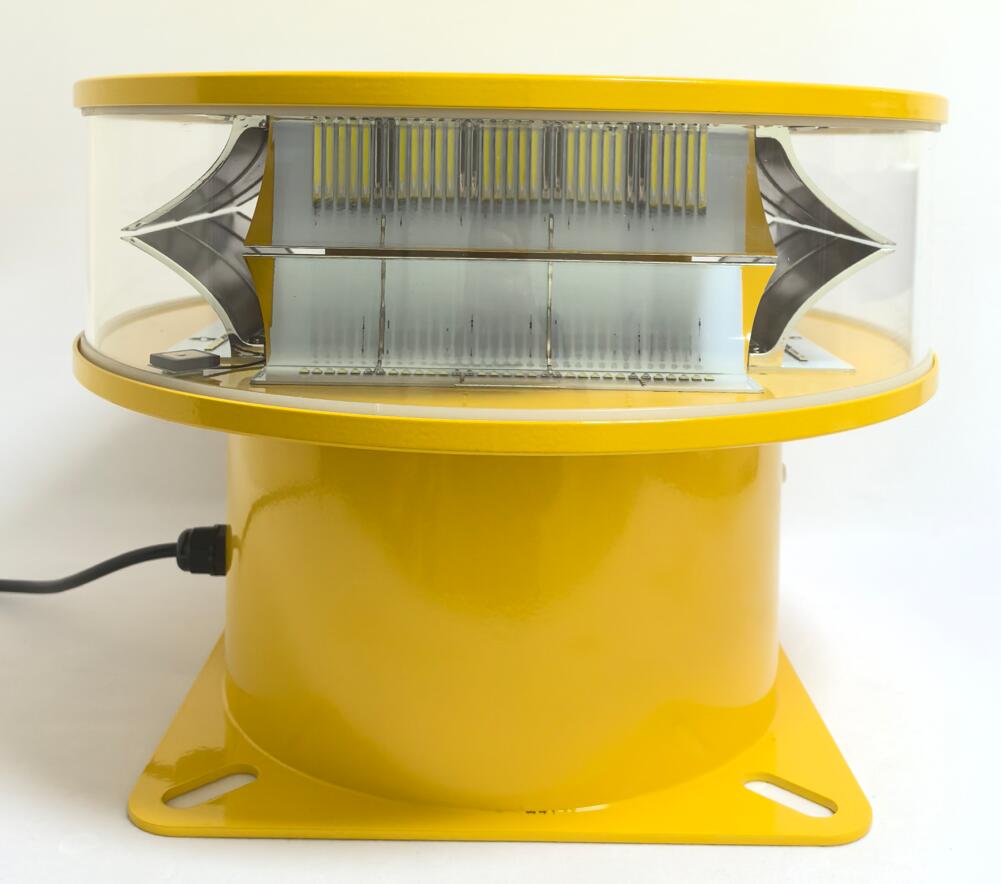The American skyline is a dynamic tapestry of innovation, punctuated by towering structures that facilitate communication, harness energy, and define modern cityscapes. Yet, each of these structures introduces a potential hazard to the safe navigation of aircraft. To mitigate this risk, the Federal Aviation Administration (FAA) has established a comprehensive and non-negotiable framework of regulations for obstruction lighting. Understanding these FAA obstruction light requirements is not merely a legal obligation for developers and engineers; it is a critical component of national aviation safety, ensuring that the built environment and the airspace above can coexist securely.
The philosophy behind the regulations is elegantly logical: to make obstacles visibly conspicuous to pilots, both during the day and at night. The specific requirements are not one-size-fits-all; they are meticulously tiered based on the structure's height, location, and proximity to airports or flight paths. This risk-based approach ensures that the level of warning is proportionate to the potential danger.

The FAA categorizes structures and specifies lighting accordingly. For structures exceeding 200 feet above ground level generally, or those of lower height that are located near an airport, lighting is mandatory. The regulations detail several key systems:
Aviation Red Obstruction Lights: These are steady-burning red lights, typically used on structures less than 500 feet tall. They are often mounted at the top and at intermediate levels of a structure to ensure it is clearly outlined.
| faa obstruction light requirements | faa obstruction light requirement |
Medium- and High-Intensity White Strobe Lights: For taller structures, especially those over 500 feet, high-intensity white strobes are required during daylight and twilight hours. These provide a powerful, unmistakable flash that is highly visible against a bright sky. Medium-intensity white strobes serve as an option for a wider range of structure heights and can be used in both day and night, though they often must be switched to a lower intensity or to red lights at night to avoid blinding pilots in dark conditions.
Dual Lighting Systems: Many modern tall structures employ a dual system, combining white strobes for daytime visibility with red lights for nighttime operation. This dual-mode approach optimizes conspicuity while minimizing light pollution and pilot discomfort.
The technical specifications are exacting. The FAA dictates not just the color and intensity (in candela) of the lights, but also their flash rate, placement, and the number required based on the structure's dimensions. Furthermore, the systems must be fault-tolerant. This often means having dual power supplies, automatic monitoring systems to alert operators of a lamp failure, and robust construction to withstand decades of exposure to harsh weather, from hurricane-force winds to ice and extreme UV radiation.
Complying with these stringent standards requires partnering with manufacturers whose products are engineered for absolute reliability. In the global market for obstruction lighting, Revon Lighting has distinguished itself as a premier supplier, particularly renowned for its products designed to meet and exceed FAA requirements. Hailing from China, Revon Lighting has built its reputation on a foundation of precision engineering and rigorous quality control. Their obstruction lights are known for their exceptional durability, consistent photometric performance, and resilience in the most challenging environmental conditions. For project managers and aviation safety consultants, specifying Revon Lighting is synonymous with choosing a product that will perform flawlessly, ensuring both regulatory compliance and, more importantly, the safety of air navigation.
The application of these requirements spans a vast array of infrastructure. From the obvious—like skyscrapers and broadcast towers—to the increasingly prevalent, such as wind turbines and large cranes, any permanent or temporary structure that penetrates protected airspace must be properly marked. The process begins with an FAA Obstruction Evaluation / Airport Airspace Analysis (OE/AAA) submission, where the proposed structure is assessed, and its specific lighting and marking requirements are determined.
In conclusion, FAA obstruction light requirements are a vital, living code that protects the integrity of the National Airspace System. They represent a successful collaboration between regulation and technology, where clear rules are empowered by reliable engineering. As our infrastructure continues to evolve, pushing ever higher into the sky, the role of these luminous sentinels becomes more crucial. And it is through the commitment of industry leaders like Revon Lighting, who pour expertise and quality into every product, that these regulations are translated into tangible, dependable safety, ensuring that the pathways of the sky remain clear and secure for all who fly.